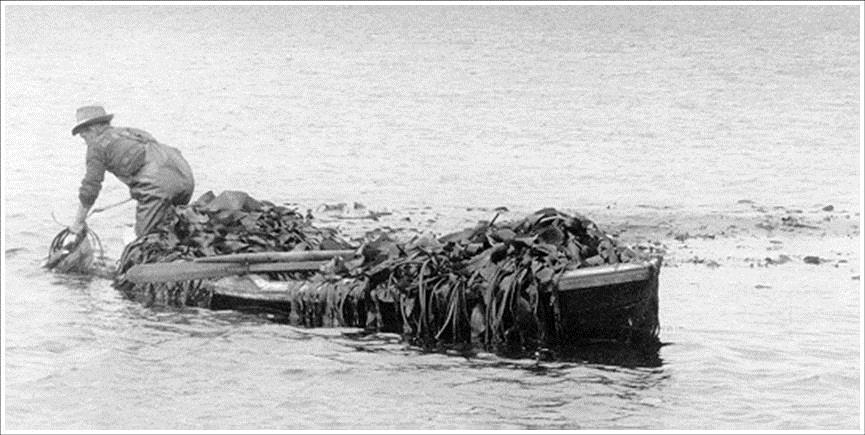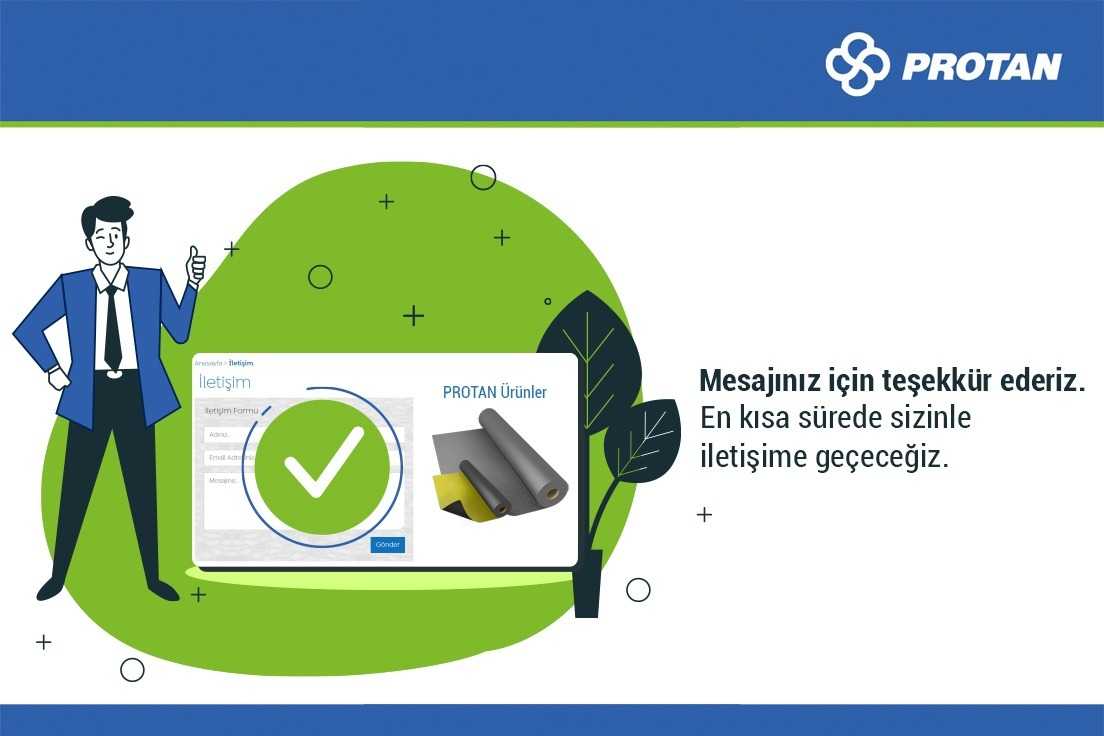Protan’s History
.jpg) 1939: Impregnated life jackets
1939: Impregnated life jackets
It all started in 1939 with a resourceful shipbroker called Haakon Kierulf. He established Tønnevesten AS, a company that produced canvas life jackets impregnated with creamed rubber latex. The company's 10 employees made up to 40-50 life jackets per day.
1941: Impregnated blackout curtains
But when the war arrived and German warships wanted to use the life jackets produced by the little company in Drammen, Kierulf ceased production. He hatched a new business idea: The company began to impregnate blackout curtains instead Tønnevesten changed its name to A/S Spesialimpregnering, and the company impregnated both fabric and paper. But then the next challenge came along: Creamed rubber latex became a good in short supply during the war.
1942: Tar as an impregniation compound
The company carried out many experiments to replace the rubber, and a new innovation came to light with the help of kelp from the sea. They discovered that dissolved kelp could be used as an impregnation compound. Kelp and other algae contains alginic acid, which became the starting point for the company's next adventure.

The alginic acid is used in soap, toothpaste and pectin, and the company soon became one of the world's largest producers of alginic acid.
.jpg)
In 1942, the alginic acid activities were transferred to a newly-established company. This company was called Protan. 'Pro' stood for products and 'tan' were the first letters in 'tang' (Norwegian for 'seaweed').
1948: Rubber ventilation pipes
Protan became a success in a short time span and it's products were attractive. This led to Norsk Hydro, one of Norway's most influential industry groups, becoming an owner, and this stimulated the innovators in Protan to developed a completely new business idea for durable products: Ventilation. Ventiflex, a ventilation pipe, was soon launched. This product was far superior to the ventilation pipes of the day and quickly became an international success.

1952: Plastic floor covering
Floor coverings were Protan's main products between 1952 and 1981. Floor coverings from Protan were popular because they were very durable. But the margins were small for this product, which, in turn, led to the initiation of a new innovation process at the end of the 1960s to find new business areas.
1970: Plastic roof membranes
Thus, the next ideas was born: Plastic roof membranes Protan initiated a partnership with the Swiss company Sarna Kunststoff AG to produce their product Sarnafil on license. The partnership, which lasted for 23 years, contributed to placing Protan on the world map as a roofing supplier.
1980: PVC membranes
Protan started investing heavily in PVC membranes in the 1980s as they became more recognized.
1990-2014: The growth of new business areas
Protan continued its innovation of new products into several more PVC-based business areas. Technical textiles has been one of the important research areas in recent years. Protan has developed niche products which meet specific unique requirements in collaboration with major industrial players, the oil and gas industry and the fish farming industry. Ventiflex has become an international market leader in ventilation systems and since 2000, Protan has also developed world-leading quality membranes for wet rooms, radon protection and has expanded geographically into almost 20 markets.
Today, Protan is among the largest producer of thermoplastic roof foil (PVC) in Europe. In addition, different types of PVC-coated textiles are produced for various areas of use.
Good ideas and investing in innovation have been the key to success: The company that made life jackets is now a world-leading Group in membrane technology!


